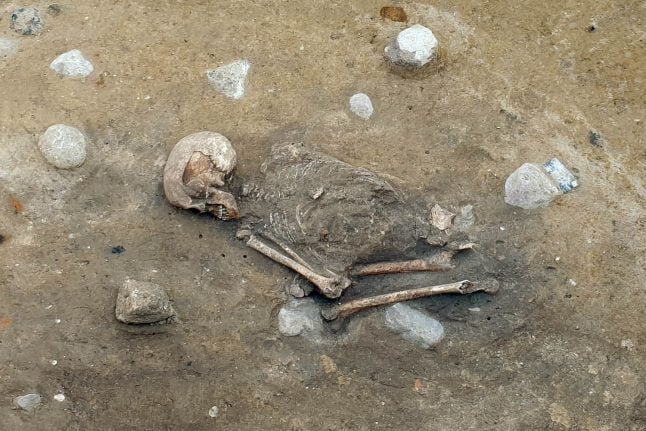The 2,000-year-old texts, written in Greek, Latin, Coptic Egyptian and hieratic, were acquired by the university 115 years ago but were subsequently overlooked.
Sabine Huebner, professor of ancient history, recently found them in two drawers in the library’s manuscripts section, the university said on its website.
She began searching for them after responding to a request from a papyrologist (a scholar studying ancient papyrus manuscripts) who wanted to know if the Basel university had a papyrus collection.
The 65 manuscripts are “mostly everyday documents”, such as contracts, letters receipts and petitions, Huebner said in an interview published by the university.
But one of the most interesting ones is a private letter written by a Christian that dates from the first half of the third century, she said.
Other manuscripts include a transport contract for confiscated camels, a purchase agreement for a donkey, a loan, tax receipts and invoices, as well as other personal letters.
The University of Basel was one of the first German-language universities to acquire a papyrus collection in 1900, after the first discoveries of such documents was made in the late 19th century.
The field of “papyrology” boomed in the early part of the 20th century but interest in the subject later languished.
Huebner has now received backing from the Swiss National Science Foundation to digitally transcribe the papyri, translate the texts and provide commentary.
The project, involving post-doctoral researchers Graham Claytor and Isabelle Marthot and the university’s Diigital Humanities Lab, is set to start in September and will take two years to complete.
The project will also date the age of the ink used in the manuscripts through the aid of technology developed by Columbia University in New York, Huebner said.
Huebner said the texts provide a fascinating insight into ancient times.
“We learn something about the daily life of ordinary people, about the concerns and needs of women, children, the poor and the elderly living more than 2,000 years ago,” she said.
“In the works of classical authors — basically men of the ancient upper class — these aspects of ancient societies are not addressed.”
Huebner added that only five percent of known papyrus manuscripts in the world have been edited and published while most are sitting in boxes waiting to be analyzed, offering plenty of potential for new research.




 Please whitelist us to continue reading.
Please whitelist us to continue reading.
Member comments